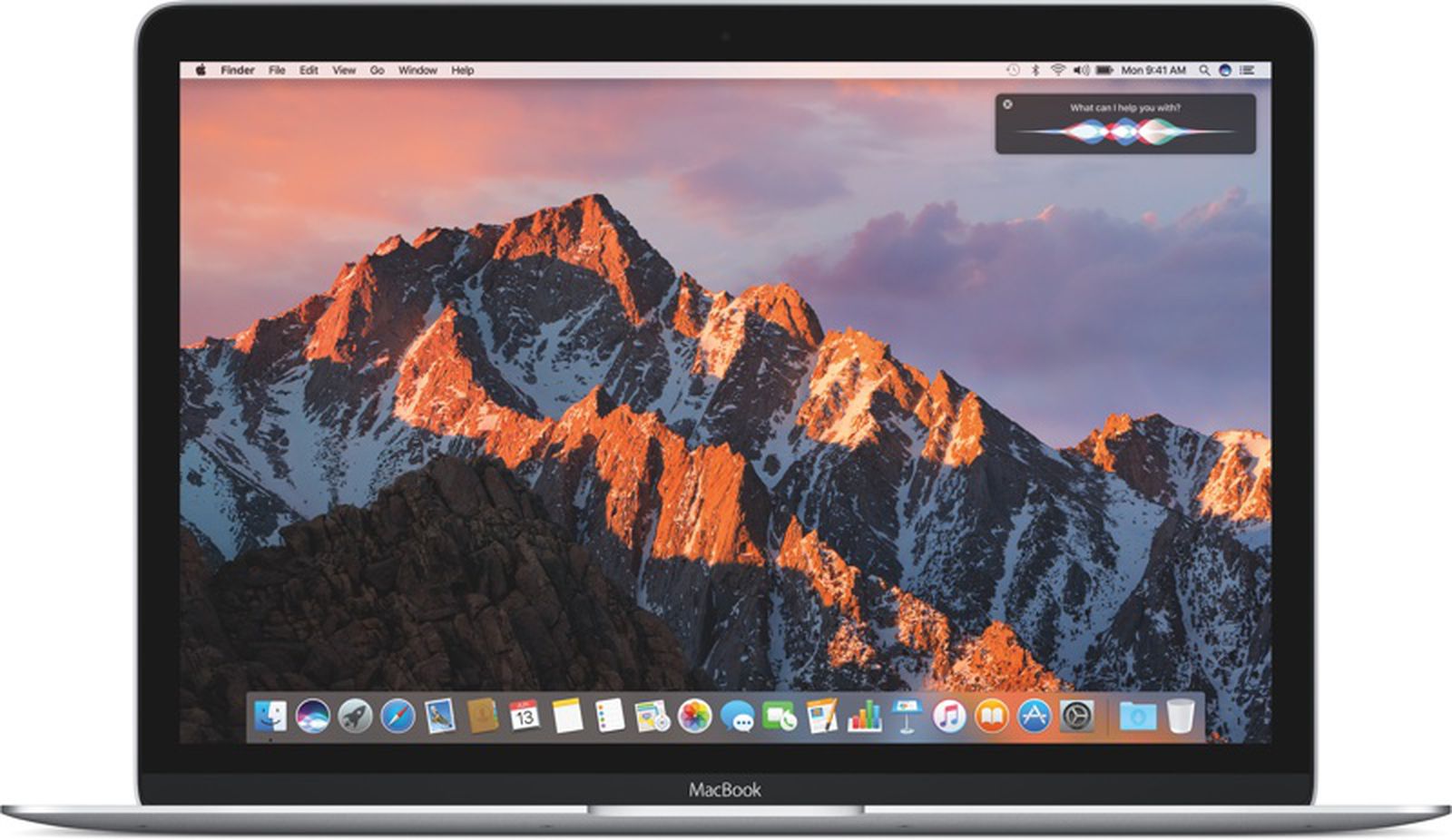

To do so, open up the Finder window, select 'Go' from the top menu and select 'Go to Folder'.

To fix this problem you'll need to delete the cache in macOS Sierra. Instead, they're getting an error message that says the app is 'damaged and can't be opened'. Some users are complaining that they can no longer open certain apps after updating to macOS Sierra. macOS Sierra problems: apps show 'damaged and can't be opened' error
#Mac os sierra updates how to#
Running the Repair Disk tool from within Disk Utility may also help, and for more solutions check out our How to speed up your Mac guide. Now repeat the process with /Library/Caches (without the symbol). Remove the data from inside every folder. In the text box that appears type /Library/Caches

Open the Finder window, select 'Go' from the top menu and select 'Go to Folder'. To force-quit an item, click it in the Activity Monitor list, then click the X at the left of the toolbar, then confirm you want to force-quit.Īlso delete the cache. If you've installed macOS Sierra, but your Mac won't start, then restart your Mac and hold down Command, Option, P and R, which will reset the NVRAM (non-volatile RAM). macOS Sierra problems: macOS Sierra won't start
#Mac os sierra updates install#
Then restart your Mac and try to install macOS Sierra again. Once in safe mode delete any unnecessary files, or move them to an external hard drive, to free up some disk space. When the grey Apple logo appears, release the Shift key. Once you hear the startup tone hold down the Shift key on your keyboard. To do this, turn off your Mac and wait 10 seconds, the press the power button. If you get an error message while installing macOS Sierra saying that you don't have enough hard drive space, then restart your Mac and boot into safe mode. macOS Sierra problems: Not enough space to install It might also be worth switching from a Wi-Fi connection to a wired connection before you download and install. Boot your Mac into Safe mode, then try installing macOS Sierra again. Press the power button on your machine while holding down the Shift key on your keyboard.


 0 kommentar(er)
0 kommentar(er)
